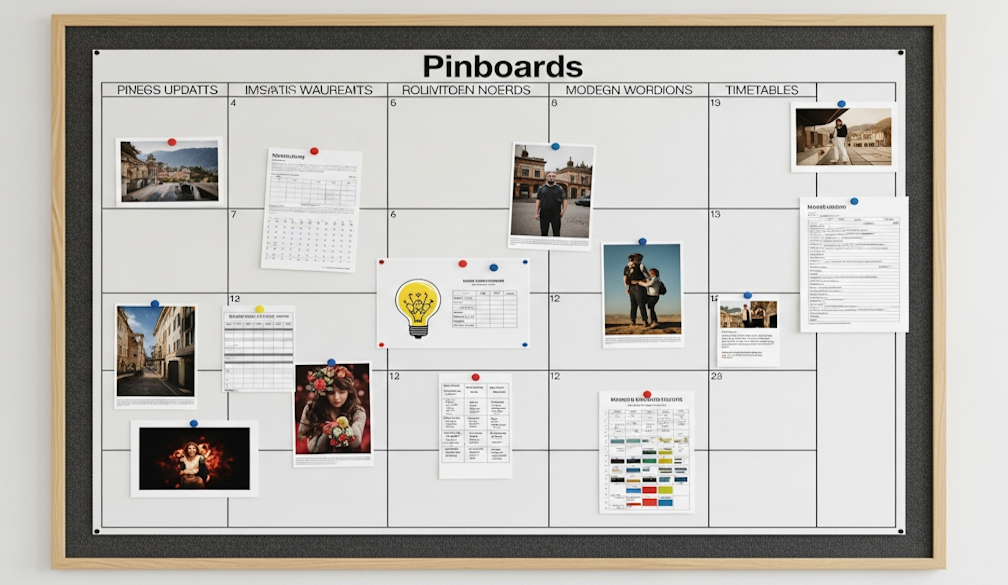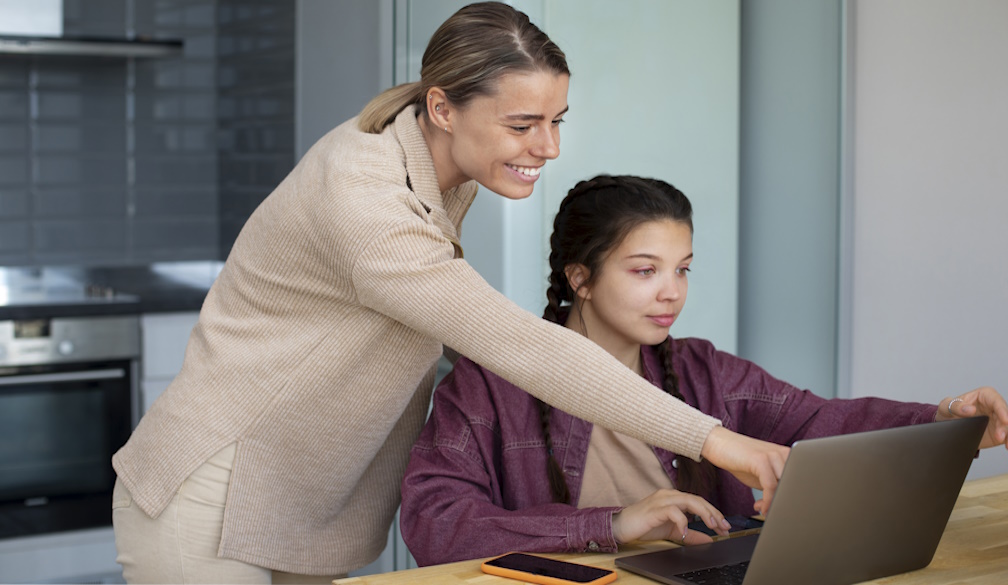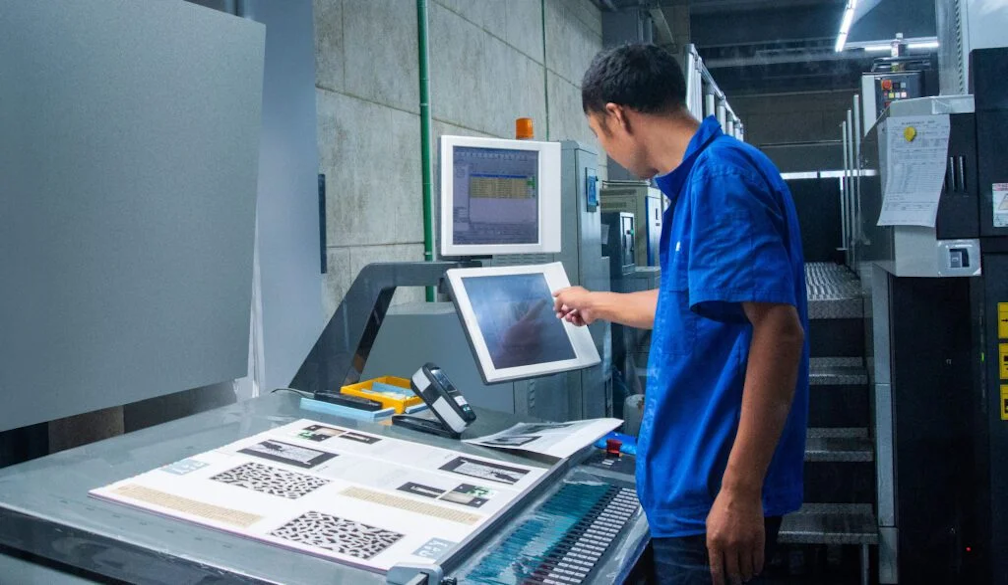Why are Switchboards Necessary?
- Written by NewsServices.com

Electrical switchboards are a crucial component of your home's power distribution system. A switchboard's multiple electrical panels break the electricity down into smaller units and distribute them across various devices. It serves a controlling purpose and thereby protects your home's electrical system.
How to Choose the Right Switchboards?
Before selecting electric switchboards for your home, consider the following tips:
Electrical Hazards and Safety: When purchasing an electrical switchboard for your home, the safety of your family and the structure should come first. Since switchboards regulate the complete electrical system, you must comprehend the specifics and features of the appliances that will work best in your house.
It is always preferable to speak with a licensed electrician who can help you grasp the necessary standards. Make sure the equipment you select exceeds all building safety requirements.
Ideal Location: You must choose the best places to install your equipment. It is simple to designate locations for switchboards during the planning stage. Your switchboards should be installed in a room that is both roomy and well-ventilated.
Most electrical rooms are typically chosen at the very end of the planning phase, resulting in small spaces. Additionally, you must restrict children's access to this room to prevent electrical risks.
Efficiency and Functionality: Before purchasing an electric switchboard for your home, efficiency is still another crucial aspect that must be considered. Only a switchboard with high efficiency can function in emergencies. In the event of a power outage during the day or night, for instance, a generator must immediately turn on.
A switchboard's functionality and efficiency are intertwined. Colour coding can be added to your devices to make them more user-friendly. Instead of utilizing labels and markers, it may be more beneficial to use distinct colours to control functionalities. Utilizing switches with an interlock mechanism is also crucial. By doing this, the entire circuit system will be shielded from control failures.
Reliable Brand: The longevity of your electrical equipment will also be affected by other crucial criteria such as quality, reliability, and durability. Use only switchboards from well-known brands that have met or exceeded all safety and quality requirements.
To learn about the most popular brands of electrical household equipment, try speaking with your coworkers or a licensed electrician. Always choose brands that will provide you with helpful customer support and lengthy warranties for your equipment.
Customization: A switchboard's design is influenced by several variables, including the building style, the amount of current and voltage it can handle, and the insulation type. Certain construction kinds necessitate unique designs, and in these situations, it is always preferable to rely on a reputable brand for their expertise. They can provide you with a specialist who is skilled in planning the best sophisticated electrical technologies for your requirements.
Installation and Maintenance: It is usually advisable to contact a company expert or a licensed electrician for proper installation after making a purchase. The proper manufacture of all the gadgets to ensure safety is the most crucial aspect to keep in mind during installation.
Additionally, it's crucial to read through the warranty's terms and conditions and cross-check the company's maintenance services before making the purchase. Switchboards from reputable brands typically have a longer lifespan and can endure for 30 years or longer with regular maintenance.
The Guide to Purchase Switchboards from Reputed Supplier
Switchboard malfunctions can result in significant loss of lives and property. It is best to abide by the necessary safety precautions while installing. To prevent issues like voltage swings and power outages, a thorough understanding of your structure is also essential.
For those looking for a reputed switchboard supplier, it is important that they start with online research. Visit their website to understand their services and reach out.



















